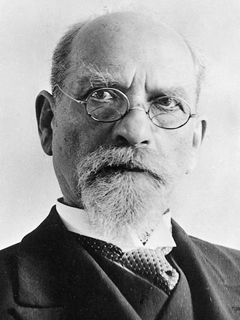
Publication details
Publisher: Springer
Place: Berlin
Year: 2020
Pages: 145-162
Series: Contributions to Phenomenology
ISBN (Hardback): 9783030396220
Full citation:
, "Theodor Celms and the "realism–idealism" controversy", in: Early phenomenology in Central and Eastern Europe, Berlin, Springer, 2020


Theodor Celms and the "realism–idealism" controversy
pp. 145-162
in: Witold Płotka, Patrick Eldridge (eds), Early phenomenology in Central and Eastern Europe, Berlin, Springer, 2020Abstract
It was in his research manuscripts from 1905, also known as the Seefelder Blätter, where Edmund Husserl for the first time introduced the idea of the phenomenological reduction. The introduction of this idea, which he developed and refined years to come, marked the beginning not only of an important turn in Husserl's philosophy toward transcendental phenomenology, but also the advent of a growing frustration and critique even among Husserl's own students. The discussion about the ontological status of reality is otherwise known as the realism–idealism controversy. One of the first critiques in a published form came from the Latvian philosopher and Husserl's student in Freiburg, Theodor Celms, in his book Der phänomenologische Idealismus Husserls (1928). The current chapter will present a historically contextualized account of Celms' contribution to the realism–idealism controversy, including his relationship with the phenomenological movement, main points of his critical interpretation of Husserl's transcendental idealism, and the following reception of his work.
Cited authors
Publication details
Publisher: Springer
Place: Berlin
Year: 2020
Pages: 145-162
Series: Contributions to Phenomenology
ISBN (Hardback): 9783030396220
Full citation:
, "Theodor Celms and the "realism–idealism" controversy", in: Early phenomenology in Central and Eastern Europe, Berlin, Springer, 2020


